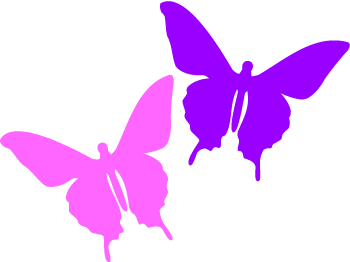Butterfly populations are a very good indicator of the health of an area's ecosystem !!
Since 1973, the Baltimore Checkerspot has been the Maryland state insect.
They can be seen from western Nova Scotia, throughout the Great Lakes region to southeast Manitoba, and down to the southern parts of the eastern US and northern Georgia, Mississippi, and Oklahoma.
As they prefer wetland habitats, the loss and degradation of these habitats is causing significant declines in Checkerspot populations and other species.
The most common host plant for Euphydryas phaeton is the White Turtlehead (Chelone glabra) which contains a toxin. (White Turtlehead contains chemicals called iridoid glycosides, so when the Checkerspot feeds on this plant, it becomes toxic, and bad tasting to birds.)
As habitat shrinks, the Baltimore Checkerspot has had to expand its host plant preferences to include English Plantain (Plantago lanceolata), which grows in dry fields.( It's been observed that in some regions where English Plantains grow, the Baltimore Checkerspot is found in huge concentrations.)
Amazingly, they have only one brood per year.
In their southern range, the brood flies from May to June, and in their northern range, they fly from July to August.
When in flight, they are fast and erratic, often appearing dull and black in mid flight, contrasting sharply with their very bright, colorful appearance at rest.
When seen at rest, with wings unfurled, they displays a black base accented by white and orange to yellowish orange checkered borders.
The patterns intensify when the wings are closed, making the butterfly appear even more vibrant.
They do not exhibit sexual dimorphism, so males and females look alike.
Adult lifespan is estimated to be between 6 - 9 months which is extremely long for butterflies, which generally have adult life spans of up to 2 weeks.
* As members of the Brush Footed (Nymphalidae) family, they use their pair of shorter front legs for food tasting, and their two pairs of longer rear legs for propulsion.

Diet: caterpillars feed almost exclusively on White Turtlehead (Chelone glabraL.), when small. When they are larger, they may use host plants including Arrowwood viburnum (Viburnum recognitum Fernald), narrow-leaved plantain (Plantago lanceolata L.), penstemon (Penstemon spp. Schmidel) and honeysuckle (Lonicera spp. L.).
Diet: adults take nectar from Common Milkweed (Asclepias syriaca) and Spreading Dogbane (Apocynum androsaemifolium), another plant that is toxic to humans, dogs, livestock, and some other mammals but not for the Checkerspot
Wingspan: 3.8 - 6.35 cm / 1.5 - 2.5 “.
Family: Nymphalidae

The single biggest threat to butterfly survival is habitat destruction!!




